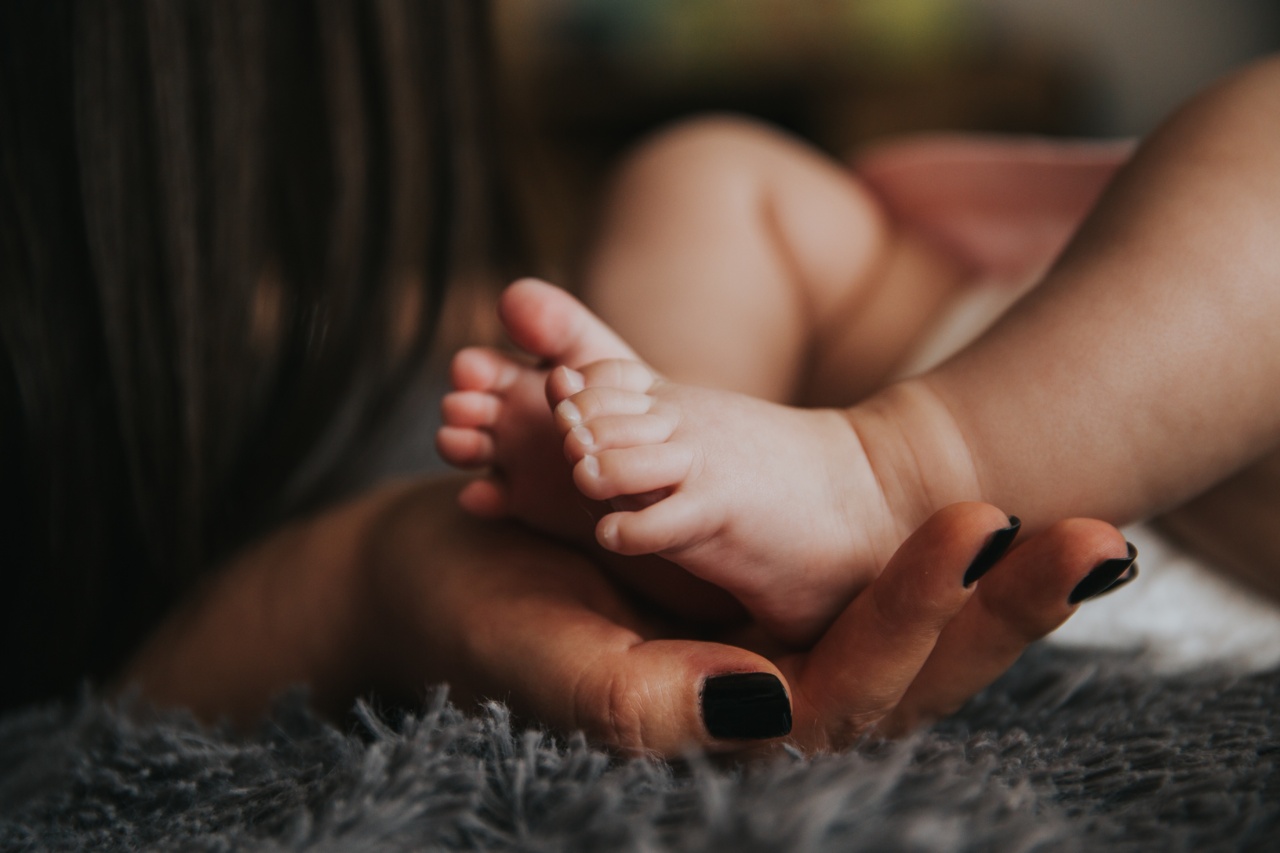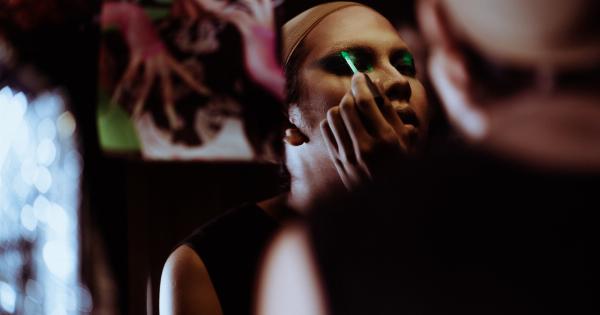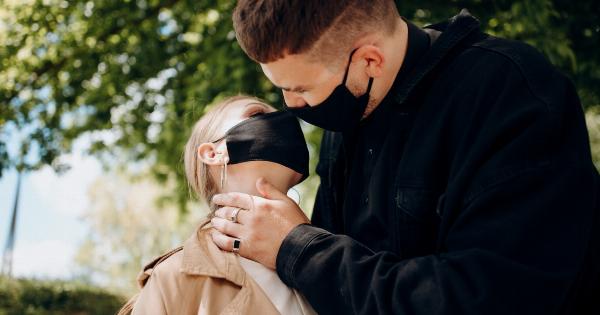While skin cancer is mostly associated with adults, it can also affect children. In fact, skin cancer is the most common type of cancer in children.
It is important for parents to know how to recognize the symptoms of skin cancer in kids to ensure early detection and treatment.
What is Skin Cancer?
Skin cancer is a type of cancer that develops in the skin cells. There are three main types of skin cancer:.
- Basal cell carcinoma: This is the most common type of skin cancer. It develops in the basal cells, which are located in the bottom layer of the epidermis.
- Squamous cell carcinoma: This type of skin cancer develops in the squamous cells, which are in the upper layer of the epidermis.
- Melanoma: This is the most dangerous type of skin cancer. It develops in the melanocytes, which are the cells that produce melanin.
Causes of Skin Cancer in Kids
The primary cause of skin cancer is exposure to ultraviolet (UV) rays from the sun or indoor tanning. Kids are particularly vulnerable to UV rays as their skin is thinner and more delicate than adults, and they tend to spend more time outdoors.
Other risk factors for skin cancer in kids include:.
- Fair skin
- Family history of skin cancer
- Frequent sunburns
- History of radiation therapy
- Weakened immune system
- Certain genetic syndromes
Symptoms of Skin Cancer in Kids
It is important for parents to know the symptoms of skin cancer in kids and have any concerning spots checked by a doctor. The following are symptoms to look out for:.
1. Unusual Moles
Children may develop moles, which are usually harmless. However, if a mole looks unusual or starts changing in shape, color, or size, it could be a sign of skin cancer. Parents should look out for moles that are:.
- Larger than a pencil eraser
- Uneven in color or shape
- Asymmetrical
- Bleeding or oozing
2. Sores or Scabs that Don’t Heal
If a sore or scab does not heal after a few weeks, it could be a sign of skin cancer. Skin cancer can present as a sore or scab that refuses to heal, keeps bleeding, or reopens.
3. Red or Pink Bumps
Red or pink bumps on the skin can also be a sign of skin cancer. These bumps may also appear as a dome-shaped, shiny, or translucent lesion.
4. Rough or Scaly Patch of Skin
A patch of skin that is rough or scaly and tends to bleed easily can indicate skin cancer. This type of lesion is often called a precancerous growth, actinic keratosis, or solar keratosis.
5. Dark Spots on the Skin
Dark spots on the skin, especially on the palms of the hand or soles of the feet, can be a sign of melanoma, which is the most dangerous type of skin cancer. These spots could also appear on the fingernails, toenails, or inside the mouth.
Prevention of Skin Cancer in Kids
Prevention is always better than cure, and there are several measures parents can take to reduce their children’s risk of developing skin cancer. These include:.
- Limiting sun exposure between 10 a.m. and 4 p.m.: During these hours, the sun’s rays are strongest. If children must go outside, make sure they wear protective clothing.
- Applying sunscreen regularly: Parents should apply sunscreen with an SPF of at least 30 to their child’s skin every two hours, or more frequently if swimming or sweating.
- Wearing protective clothing: All clothing should provide cover from UV rays. Hats and sunglasses are also essential.
- Avoiding indoor tanning: Indoor tanning is not safe for children or adults and can increase the risk of skin cancer.
Conclusion
Recognizing the symptoms of skin cancer in kids is essential for early detection and treatment. Parents should consult a pediatrician or dermatologist if they notice any concerning spots on their child’s skin.
Parents can also take proactive measures to reduce their child’s risk of skin cancer by limiting sun exposure, applying sunscreen regularly, and promoting the use of protective clothing and avoiding indoor tanning.


















